Home>Interior Design>Cleaning Experts Say This Is How To Stop Pillowcases From Turning Yellow
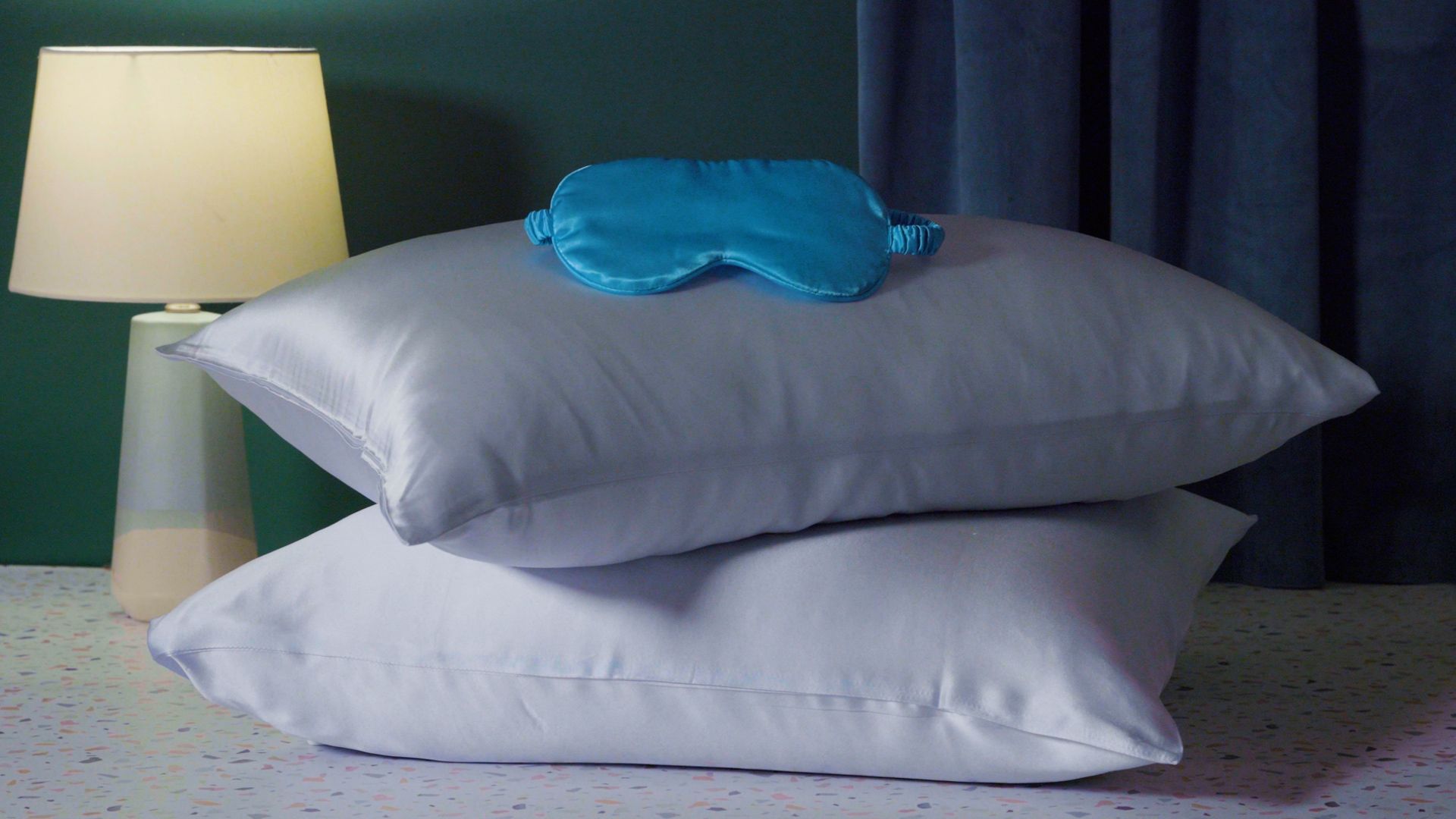

Interior Design
Cleaning Experts Say This Is How To Stop Pillowcases From Turning Yellow
Modified: February 24, 2024
Discover effective tips from cleaning experts on how to prevent yellowing of pillowcases. Enhance your interior design with these expert strategies.
(Many of the links in this article redirect to a specific reviewed product. Your purchase of these products through affiliate links helps to generate commission for Storables.com, at no extra cost. Learn more)
Introduction
When it comes to maintaining a clean and appealing bedroom, one common problem that many people encounter is yellowing pillowcases. Over time, pillowcases can develop unsightly yellow stains, which not only detract from the overall aesthetic but also indicate a lack of cleanliness. If you’ve ever wondered why your pillowcases turn yellow and how to prevent it, you’re in the right place.
Yellowing pillowcases can be caused by several factors, including sweat, body oils, skincare products, and even the natural oils produced by our skin while we sleep. These substances can penetrate the fabric and build up over time, leading to discoloration. Additionally, using the wrong cleaning products or improper washing techniques can exacerbate the problem.
In this article, we will explore the causes of yellowing pillowcases and provide you with expert tips on how to prevent your pillowcases from turning yellow. By implementing these strategies, you can keep your pillowcases looking fresh, clean, and vibrant for longer.
Key Takeaways:
- Say goodbye to yellowing pillowcases by using proper detergents, pre-treating stains, and washing regularly. Protect your bedding from oils and sweat to maintain a fresh and inviting bedroom environment.
- Prevent yellowing pillowcases with expert tips: avoid bleach, dry properly, and implement a regular cleaning routine. Embrace bright and fresh bedding for a clean and hygienic sleep surface.
Read more: Why Is My Pillowcase Turning Yellow
Causes of Yellowing Pillowcases
Understanding the reasons behind yellowing pillowcases is the first step towards effectively preventing and treating this issue. Let’s take a closer look at some of the common causes:
- Sweat: While we sleep, our bodies naturally produce sweat. Sweat contains salts and oils that can seep into the fabric of the pillowcase, leaving behind yellow stains over time.
- Body Oils: Our skin produces natural oils that can transfer onto the pillowcase. These oils, when combined with sweat and dead skin cells, can cause discoloration.
- Skincare Products: If you apply skincare products such as creams, serums, or oils before bed, they can also leave residue on your pillowcase, which can contribute to yellowing.
- Improper Washing: Using the wrong detergents, washing at the wrong temperature, or inadequate rinsing can lead to residue buildup, resulting in yellow stains.
- Bleach: Although bleach can be effective in removing stains, it can also cause yellowing if used incorrectly or on fabrics that are not bleach-safe.
- Inadequate Drying: Failing to dry the pillowcases fully or drying them under direct sunlight can cause discoloration.
Now that we’ve identified the key culprits behind yellowing pillowcases, let’s move on to some expert tips on how to prevent this issue and keep your pillowcases looking fresh and vibrant.
Tips to Prevent Pillowcases from Turning Yellow
Don’t fret! There are several simple yet effective strategies you can implement to prevent your pillowcases from turning yellow. Follow these expert tips to keep your pillowcases looking clean and pristine:
- Use proper detergents: Opt for a laundry detergent that is specifically designed to remove stains and brighten whites. Look for a detergent that contains enzymes, which can help break down sweat, oils, and other stains on your pillowcases.
- Pre-treat stains: Before washing, it’s a good idea to pre-treat any visible stains on your pillowcases. Apply a small amount of stain remover or liquid laundry detergent directly to the stained area, gently rub it in, and let it sit for a few minutes before tossing the pillowcase into the washing machine.
- Wash pillowcases regularly: Aim to launder your pillowcases at least once every week. Regular washing helps remove sweat, oils, and other residues that can lead to yellowing. Be sure to follow the care instructions on the label, and consider washing pillowcases separately from other items to prevent color transfer.
- Avoid using bleach: While bleach can be effective in whitening fabrics, it can also cause yellowing if used improperly. Instead, opt for oxygen-based bleach or natural whitening alternatives like lemon juice or baking soda, which can help brighten your pillowcases without the risk of discoloration.
- Dry pillowcases properly: After washing, make sure to dry your pillowcases thoroughly. Avoid direct sunlight, as it can fade colors and potentially cause yellowing. Opt for a low to medium heat setting on your dryer or hang them to air dry in a well-ventilated area.
- Protect pillowcases from oils and sweat: To prevent excessive sweat and oils from transferring onto your pillowcases, consider using an additional pillowcase or a pillow protector. These protective layers can help absorb sweat and oils, keeping your pillowcases cleaner for longer.
By implementing these tips into your pillowcase care routine, you can significantly reduce the chances of yellowing and keep your pillowcases looking fresh and vibrant. Don’t forget to always check the care instructions provided by the manufacturer to ensure you are using the appropriate washing and drying methods for your specific pillowcases.
Now you can enjoy a clean, cozy, and visually appealing bedroom with pillowcases that stay white and beautiful! Keep these tips in mind, and you’ll be on your way to maintaining a pristine, picture-perfect bed.
Use Proper Detergents
Choosing the right detergent is crucial when it comes to preventing your pillowcases from turning yellow. Look for detergents specifically designed to remove stains and brighten whites. These detergents often contain enzymes that can effectively break down sweat, oils, and other stains that can lead to yellowing.
When selecting a detergent, opt for one that is gentle yet effective. Harsh detergents may damage the fabric or cause excessive fading over time. Look for a pH-neutral or mild detergent that is suitable for delicate fabrics.
It’s also a good idea to check whether the detergent is suitable for use with whites. Some detergents are formulated to enhance the brightness of white fabrics, helping to keep your pillowcases looking crisp and clean.
When washing your pillowcases, follow the dosage instructions provided on the detergent packaging. Using too little detergent may not effectively remove stains, while using too much can leave behind a residue that can contribute to yellowing.
In addition to choosing the right detergent, you may also consider adding a laundry booster or whitening agent to your wash cycle. These products can help enhance the brightness and whiteness of your pillowcases. Look for oxygen-based bleach or color-safe whiteners that are specifically formulated for white fabrics.
Remember to always follow the instructions on the detergent packaging to ensure proper usage. If you have pillowcases made of delicate or specialty fabrics, such as silk or satin, check whether the detergent is suitable for those fabrics before using.
By using the proper detergents and laundry boosters, you can effectively remove stains and prevent yellowing, keeping your pillowcases looking fresh and clean for longer.
Pre-treat Stains
Pre-treating stains on your pillowcases before washing is an effective way to prevent yellowing and ensure a thorough cleaning. Whether it’s sweat, oils, or other stains, pre-treating them can help break down the residue and make it easier for the detergent to lift the stains during the wash cycle.
Here’s how you can pre-treat stains on your pillowcases:
- Identify the stains: Before pre-treating, examine your pillowcases for any visible stains. Common culprits include sweat stains, oil spots, or makeup residue. Identifying the type of stain can help you choose the most appropriate pre-treatment method.
- Select a pre-treatment solution: Depending on the type of stain, you can choose from several pre-treatment options. For protein-based stains like sweat, blood, or bodily fluids, you can use an enzyme-based stain remover. For oil-based stains, a liquid dish soap or a grease-fighting detergent can be effective.
- Apply the pre-treatment: Take a small amount of the chosen pre-treatment solution and apply it directly to the stained area. Make sure to use enough to cover the stain, but avoid saturating the fabric. Gently rub the pre-treatment into the stain using your fingers or a soft brush.
- Allow it to sit: Let the pre-treatment solution sit on the stain for at least 10-15 minutes. This allows the solution to penetrate the fabric and break down the stain.
- Wash as usual: After pre-treating, toss the pillowcases into the washing machine and wash them as you normally would. Be sure to follow the care instructions on the label, including the recommended water temperature and cycle settings.
Pre-treating stains is especially helpful for stubborn or set-in stains. It can significantly improve the chances of completely removing the stain during the wash cycle, resulting in cleaner and fresher pillowcases.
Remember that different fabrics may require different pre-treatment methods, so always check the fabric care instructions before applying any solutions to avoid damaging the fabric.
By pre-treating stains on your pillowcases, you can effectively tackle discoloration and maintain the pristine appearance of your bedding.
Wash pillowcases with hot water and a mixture of oxygen-based bleach and laundry detergent. Avoid using fabric softener, as it can contribute to yellowing.
Wash Pillowcases Regularly
Regularly washing your pillowcases is essential for keeping them clean, fresh, and free from yellowing. As we sleep, our pillowcases absorb sweat, oils, and other substances that can lead to discoloration over time. Here are some key tips to help you maintain a regular washing routine:
- Frequency of washing: Aim to launder your pillowcases at least once every week. This will help prevent the buildup of sweat, oils, and other residues that can contribute to yellowing. If you have allergies or oily skin, washing every three to four days may be more suitable.
- Separate from other laundry: To prevent color transfer and to ensure a thorough cleaning, wash your pillowcases separately from other items. This will help prevent any dyes or residues from other garments from affecting the whiteness and cleanliness of your pillowcases.
- Use the appropriate water temperature: Check the care instructions on the label of your pillowcases to determine the recommended water temperature for washing. In general, using warm water is suitable for most fabrics, but certain delicate materials may require cold or lukewarm water to prevent shrinking or damage.
- Choose the correct cycle: Select a gentle or delicate cycle on your washing machine when washing pillowcases. This will help minimize agitation and reduce the risk of fabric damage. Avoid using harsh or abrasive cycles that can cause unnecessary wear and tear.
- Opt for the right detergent: Use a laundry detergent that is specifically formulated for white or delicate fabrics. Look for a detergent with brightening or stain-fighting properties to prevent yellowing and keep your pillowcases looking fresh and vibrant.
- Don’t overload the machine: Avoid overcrowding the washing machine when laundering your pillowcases. Overloading can prevent proper rinsing and agitation, resulting in incomplete removal of stains and residues.
- Avoid fabric softeners: Although fabric softeners can give your clothes a pleasant scent and soft texture, they can leave a coating on the fabric that can contribute to yellowing over time. Consider skipping fabric softeners when washing your pillowcases to maintain their whiteness.
- Thoroughly dry the pillowcases: After washing, ensure that your pillowcases are fully dried before storing or using them again. Dampness can create a breeding ground for bacteria and mold, leading to unpleasant odors and potential discoloration. Use a low to medium heat setting in the dryer or hang them to air dry in a well-ventilated area.
By following these tips and washing your pillowcases regularly, you can prevent the buildup of sweat, oils, and other contaminants that can cause yellowing. This will help extend the lifespan of your pillowcases while ensuring a clean and comfortable sleeping environment.
Avoid Using Bleach
While bleach is often associated with whitening and stain removal, it is best to avoid using bleach on your pillowcases to prevent yellowing. Bleach contains harsh chemicals that can weaken the fabric fibers and cause discoloration over time. Here’s why you should steer clear of bleach:
Potential Fabric Damage: Bleach can weaken and deteriorate the fibers of your pillowcases, especially if they are made of delicate or high-quality materials. This can lead to premature wear and tear, resulting in the fabric becoming thin and prone to yellowing.
Yellowing Effect: Surprisingly, bleach can actually cause pillowcases to turn yellow, especially if they come into contact with sweat or body oils. Bleach can react with these substances, resulting in chemical reactions that lead to discoloration and a yellowish tint on the fabric.
Alternative Whitening Solutions: Instead of using bleach, consider using alternative whitening solutions that are gentle yet effective. Oxygen-based bleach or natural whitening agents like lemon juice or baking soda can help brighten your pillowcases without the risk of yellowing or fabric damage.
Follow Manufacturer’s Instructions: Always refer to the care instructions provided by the manufacturer of your pillowcases. Some pillowcases may be bleach-safe, meaning you can use a small amount of bleach on them without causing damage. However, it is still advisable to exercise caution and perform a patch test on an inconspicuous area before using bleach on the entire pillowcase.
Safe Whitening Alternatives: If you prefer to use whitening agents, consider using oxygen-based bleach or color-safe whiteners that are specifically formulated for white fabrics. These alternatives are generally milder yet still effective in brightening your pillowcases without the risk of yellowing or fabric damage.
Prevention Is Key: To prevent yellowing and the need for whitening agents altogether, following a regular cleaning routine and implementing proper care techniques are crucial. By washing your pillowcases regularly, pre-treating stains, and using the right detergents, you can maintain the whiteness of your pillowcases without the need for bleach.
By avoiding the use of bleach on your pillowcases, you can prevent fabric damage, minimize the risk of yellowing, and maintain the longevity of your bedding. Opt for safer and gentler alternatives to achieve and maintain the bright, clean appearance you desire.
Dry Pillowcases Properly
Properly drying your pillowcases is essential to prevent yellowing and maintain their cleanliness. Improper drying techniques can result in moisture buildup, which can lead to mold, mildew, and unpleasant odors. Follow these tips to ensure your pillowcases dry thoroughly and stay fresh:
- Check the care instructions: Before drying your pillowcases, refer to the care label for specific drying recommendations. Different fabrics may require different drying methods to prevent damage and yellowing. Be sure to follow the instructions provided by the manufacturer.
- Avoid direct sunlight: While line-drying your pillowcases in the sun may seem appealing, direct sunlight can cause colors to fade and potentially lead to yellowing. If possible, choose a shady area to dry your pillowcases or opt for alternative drying methods.
- Use a low to medium heat setting in the dryer: If you prefer using the dryer, select a low to medium heat setting. High heat can damage the fabric fibers and make them more prone to yellowing. Avoid over-drying as well, as it can result in excessive wrinkling and stiffness.
- Consider using dryer balls or clean tennis balls: Tossing a few dryer balls or clean tennis balls into the dryer can help fluff and separate the pillowcases, allowing for better airflow and more efficient drying. This can help prevent moisture from getting trapped and reduce the risk of yellowing.
- Ensure proper air circulation: If you’re air drying your pillowcases, make sure there is adequate air circulation in the drying area. This helps prevent moisture buildup and keeps the pillowcases fresh. Avoid drying in humid and poorly ventilated areas.
- Rotate and shake the pillowcases: Whether using a dryer or air-drying, periodically check and rotate the pillowcases to ensure even drying. Give them a gentle shake to help fluff the fabric and remove any wrinkles.
- Confirm complete drying: Before storing or using the pillowcases, make sure they are completely dry. Damp or slightly moist pillowcases can lead to the growth of mold and mildew, which can cause yellowing and unpleasant odors. Check the fabric by touching it to ensure it feels dry to the touch.
By following these drying tips, you can prevent moisture buildup, mold growth, and ultimately, yellowing of your pillowcases. Properly dried pillowcases not only maintain their pristine appearance but also contribute to a clean and healthy sleep environment.
Remember, different fabrics may have specific drying requirements, so always refer to the care instructions provided by the manufacturer. Taking the time to dry your pillowcases properly will ensure they stay fresh, vibrant, and free from yellowing for longer.
Protect Pillowcases from Oils and Sweat
Protecting your pillowcases from oils and sweat is key to preventing yellowing and maintaining their cleanliness. By implementing a few simple strategies, you can minimize the transfer of these substances and keep your pillowcases looking fresh and vibrant:
- Shower before bed: Taking a shower before bed helps remove excess oils and sweat from your body, reducing the amount that can transfer onto your pillowcase while you sleep.
- Wear clean pajamas or use a sleep cap: Changing into clean pajamas or wearing a sleep cap can help prevent oils and sweat from directly contacting your pillowcase. These items act as a barrier, absorbing some of the oils and sweat that would otherwise transfer to the fabric.
- Use an additional pillowcase or pillow protector: Consider using an additional pillowcase or a pillow protector in addition to your usual pillowcase. These protective layers help absorb oils and sweat, preventing them from directly contacting your pillowcase.
- Wash or change pillowcases more frequently: If you tend to sweat heavily or have oily skin, consider washing or changing your pillowcases more frequently. This helps prevent the buildup of oils and sweat over time, reducing the chances of yellowing.
- Utilize natural remedies: Some natural remedies, such as sprinkling a small amount of baby powder or cornstarch on your pillowcase, can help absorb excess oils and sweat. These remedies can act as a temporary solution to keep your pillowcase fresher in between washes.
- Implement a regular cleaning routine: Establishing a regular cleaning routine for your pillowcases is essential. By washing and properly caring for them at recommended intervals, you can effectively remove oils, sweat, and other residues that can cause yellowing over time.
By taking steps to protect your pillowcases from oils and sweat, you can minimize the risk of yellowing and extend the lifespan of your bedding. Not only will this help maintain the cleanliness and appearance of your pillowcases, but it will also contribute to a healthier sleep environment.
Remember to always follow the care instructions provided by the manufacturer of your pillowcases and make adjustments to your routine based on your personal preference and needs.
Conclusion
Maintaining clean and pristine pillowcases is a crucial aspect of creating a fresh and inviting bedroom environment. Yellowing pillowcases can be unsightly and indicate a lack of cleanliness. However, with the right knowledge and strategies, you can prevent and combat yellowing effectively.
In this article, we have explored the causes of yellowing pillowcases, such as sweat, body oils, skincare products, and improper care techniques. We have also provided expert tips to help prevent yellowing and keep your pillowcases looking bright and fresh. By using proper detergents, pre-treating stains, washing regularly, avoiding bleach, drying correctly, and protecting from oils and sweat, you can maintain the vibrancy and cleanliness of your pillowcases for years to come.
Remember to always check the care instructions provided by the manufacturer of your pillowcases, as different fabrics may require specific care methods. By following these guidelines and implementing a regular cleaning routine, you can ensure that your pillowcases not only look great but also provide a clean and hygienic sleeping surface.
So, bid farewell to yellowing pillowcases and embrace the beauty of bright and fresh bedding. With a little effort and these expert tips, you can enjoy a clean and inviting sleep environment that will enhance your overall sleep quality and contribute to your well-being.
Frequently Asked Questions about Cleaning Experts Say This Is How To Stop Pillowcases From Turning Yellow
Was this page helpful?
At Storables.com, we guarantee accurate and reliable information. Our content, validated by Expert Board Contributors, is crafted following stringent Editorial Policies. We're committed to providing you with well-researched, expert-backed insights for all your informational needs.

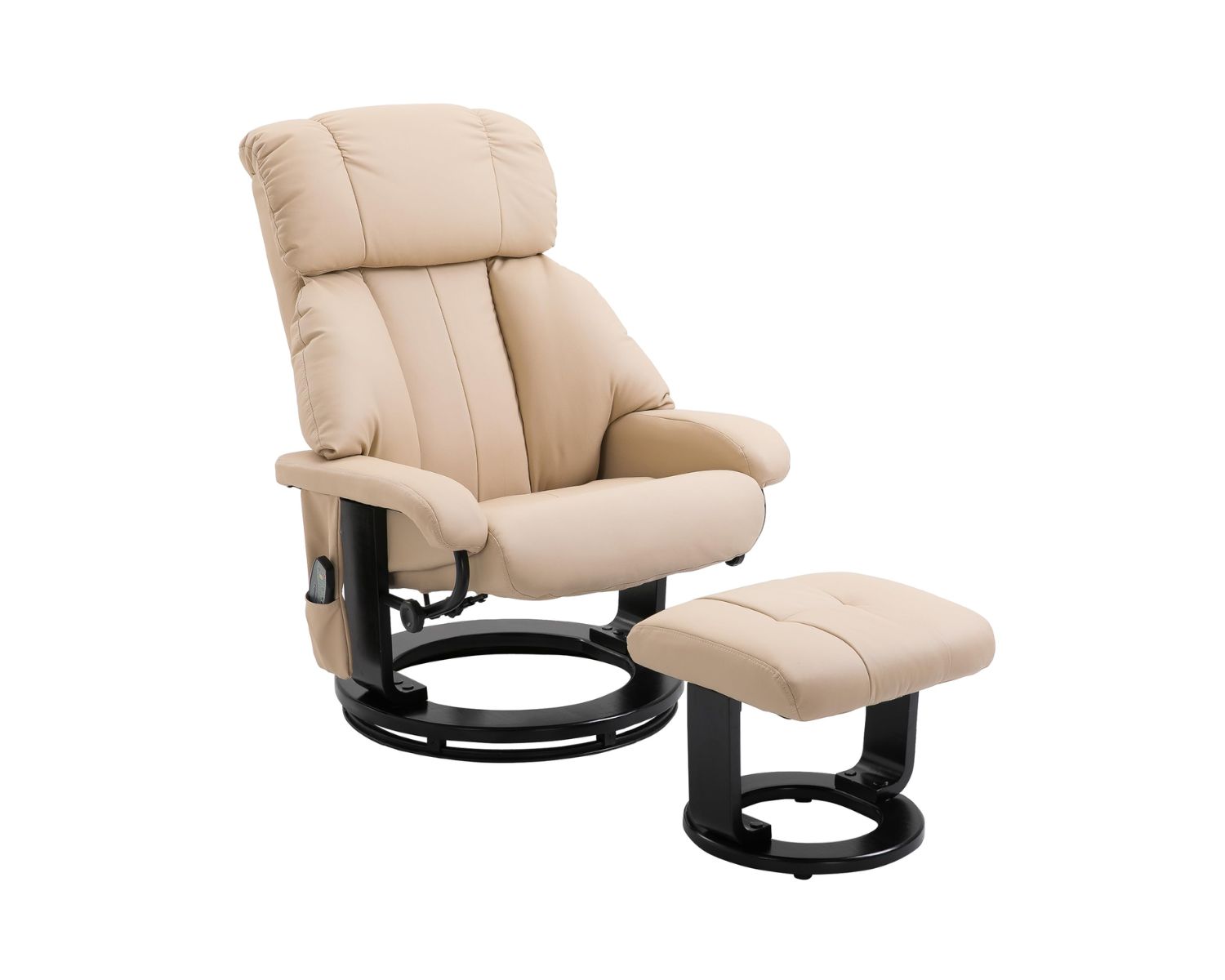
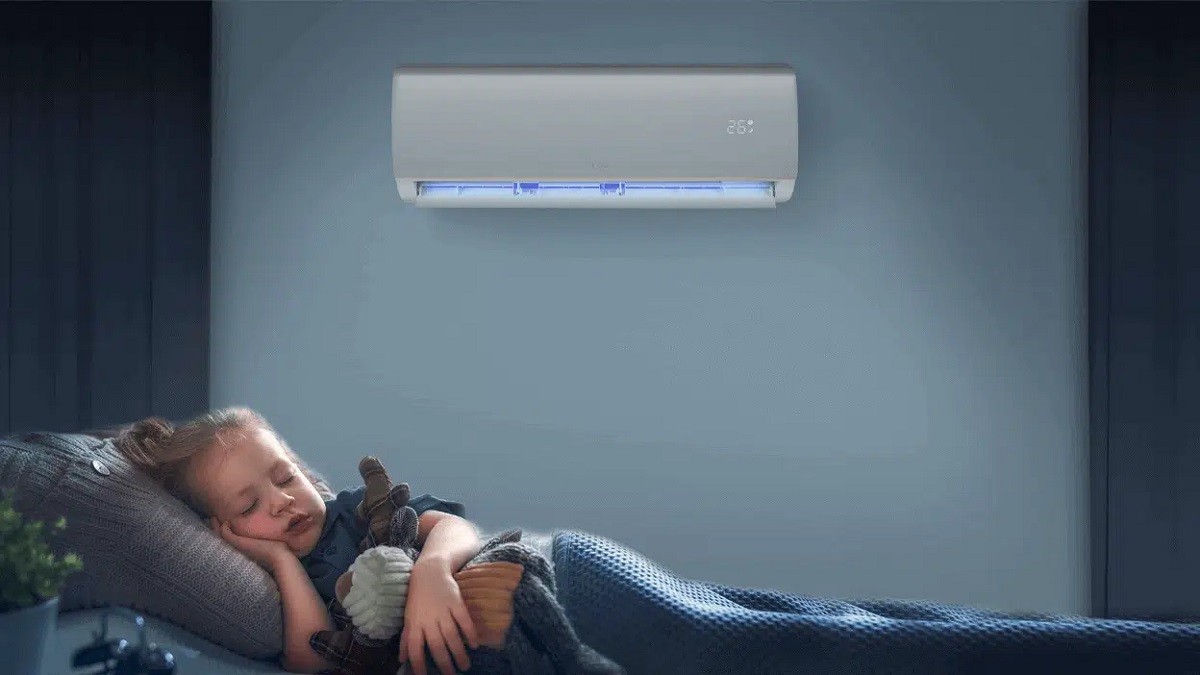
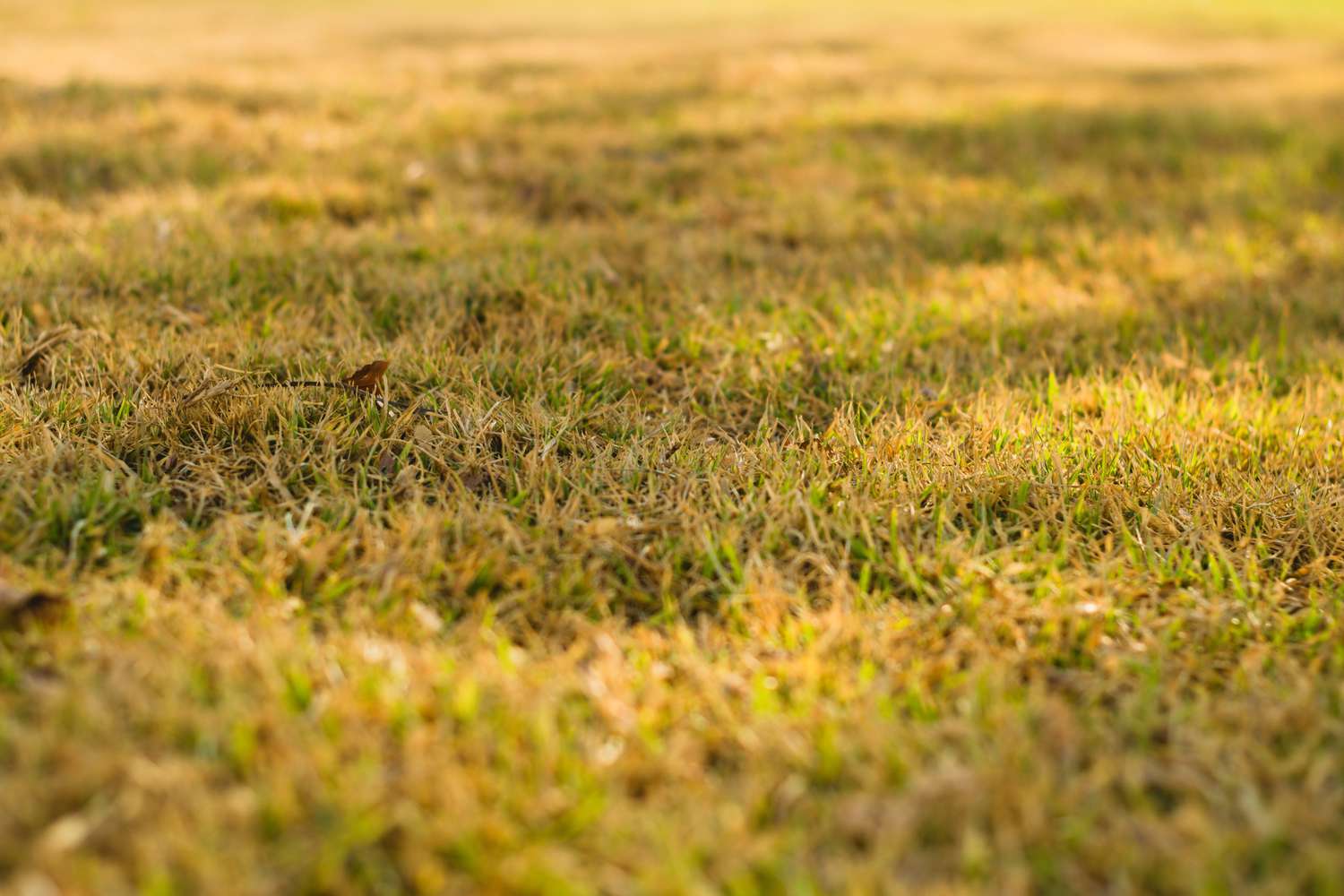
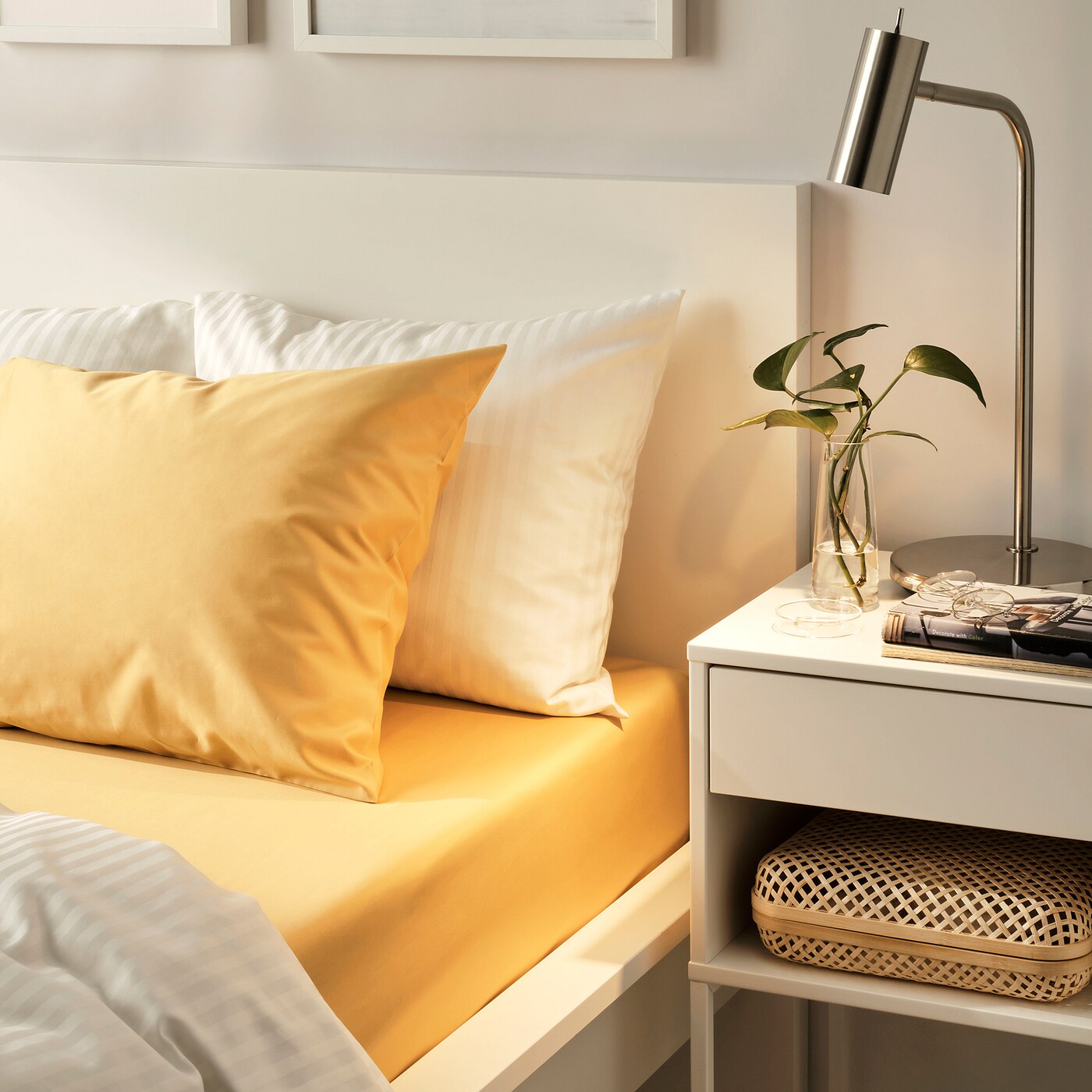
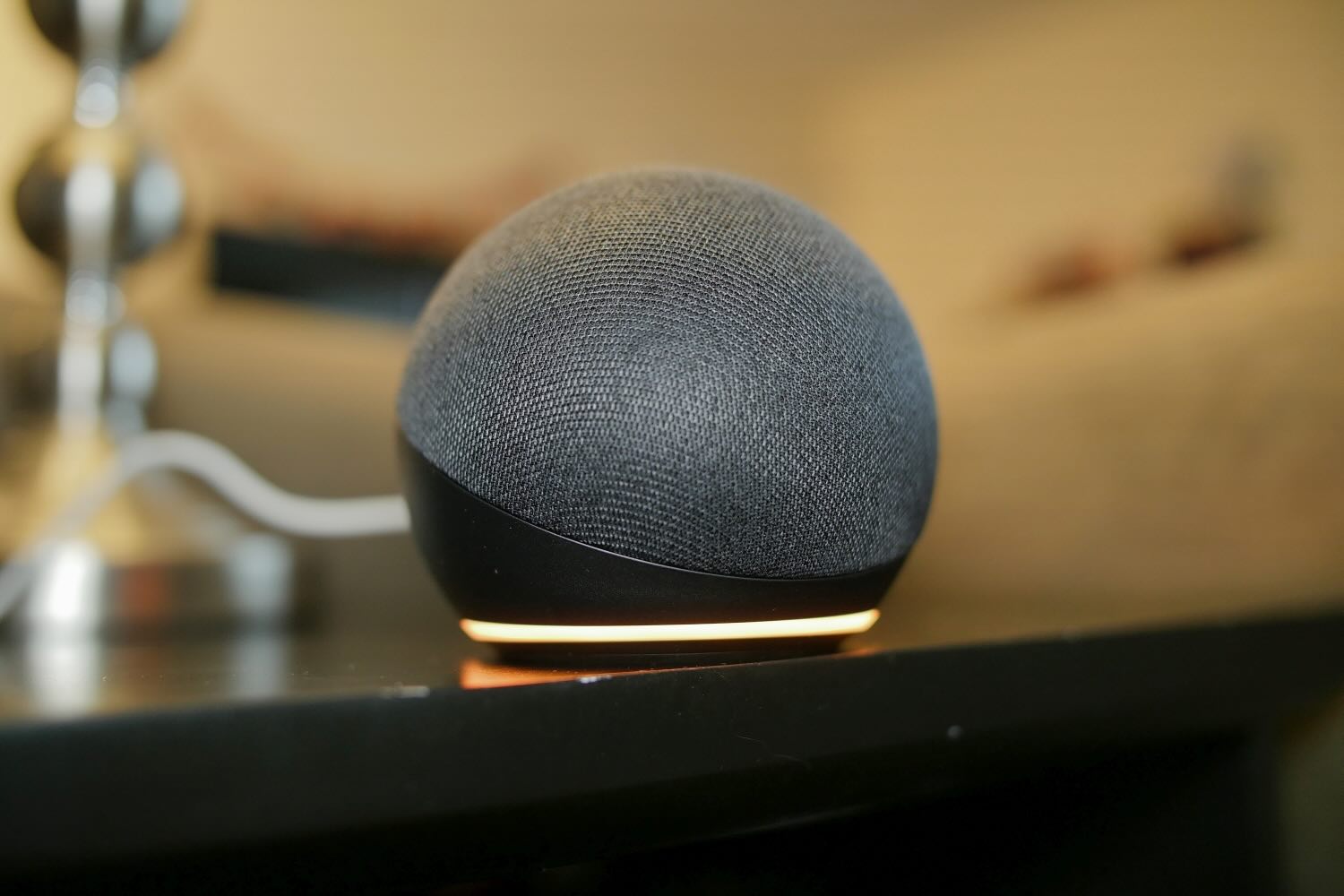
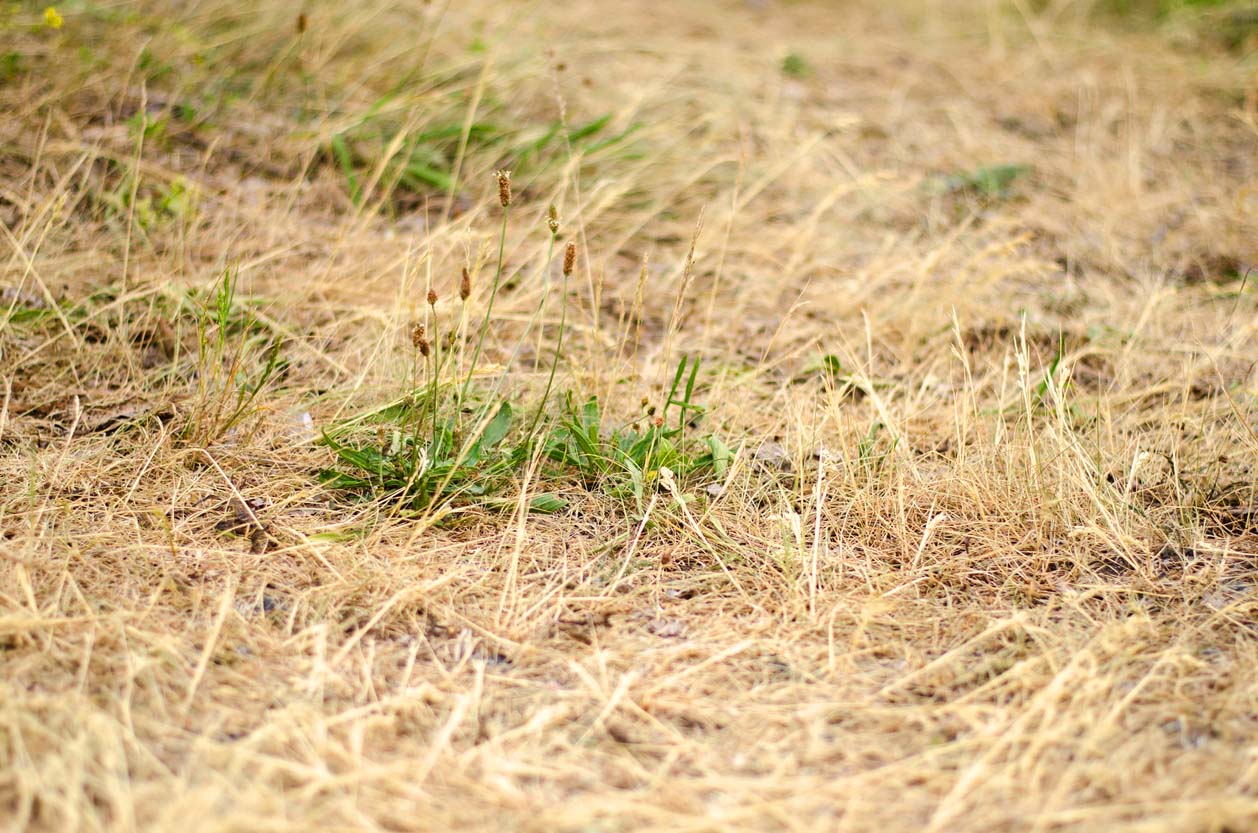
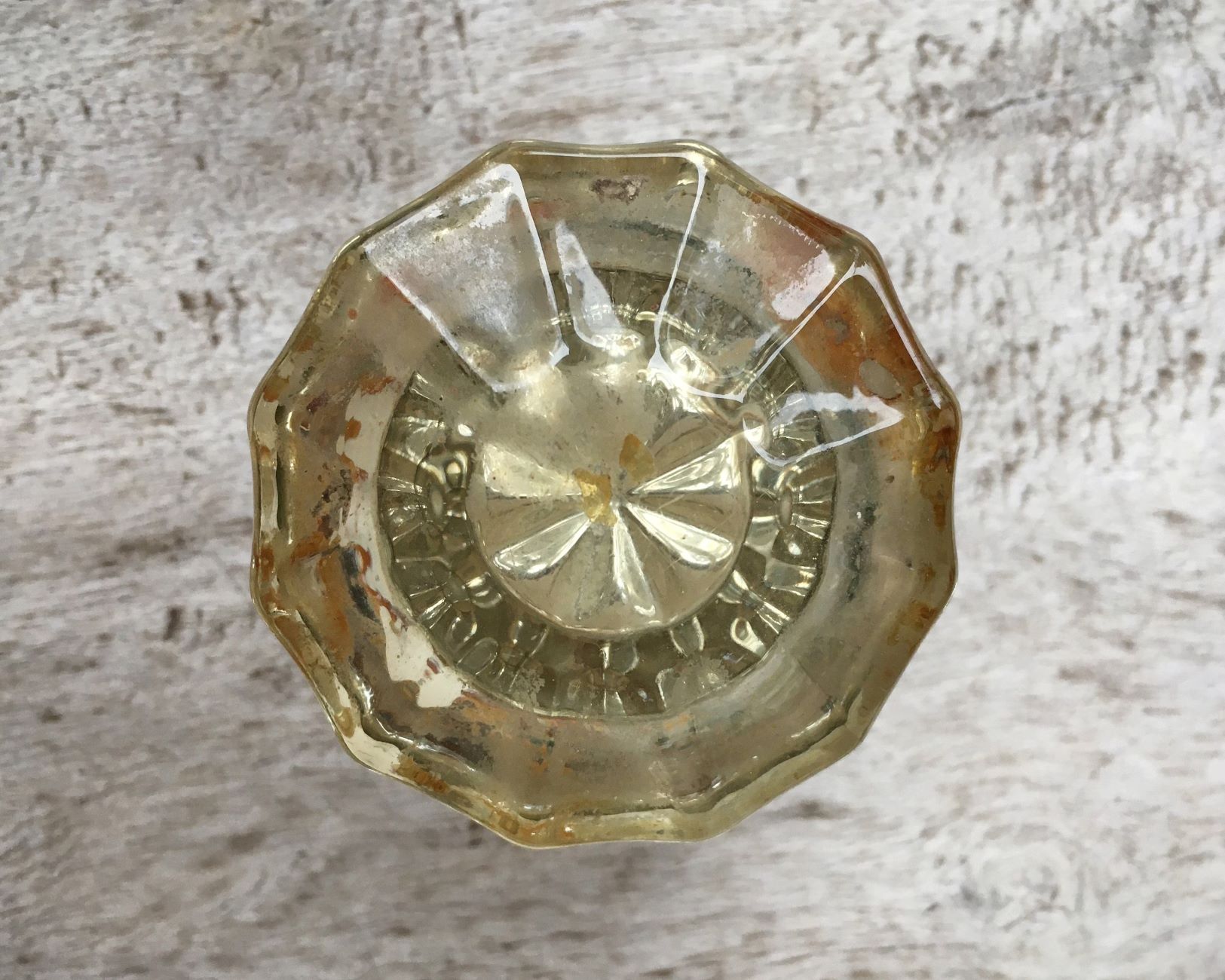
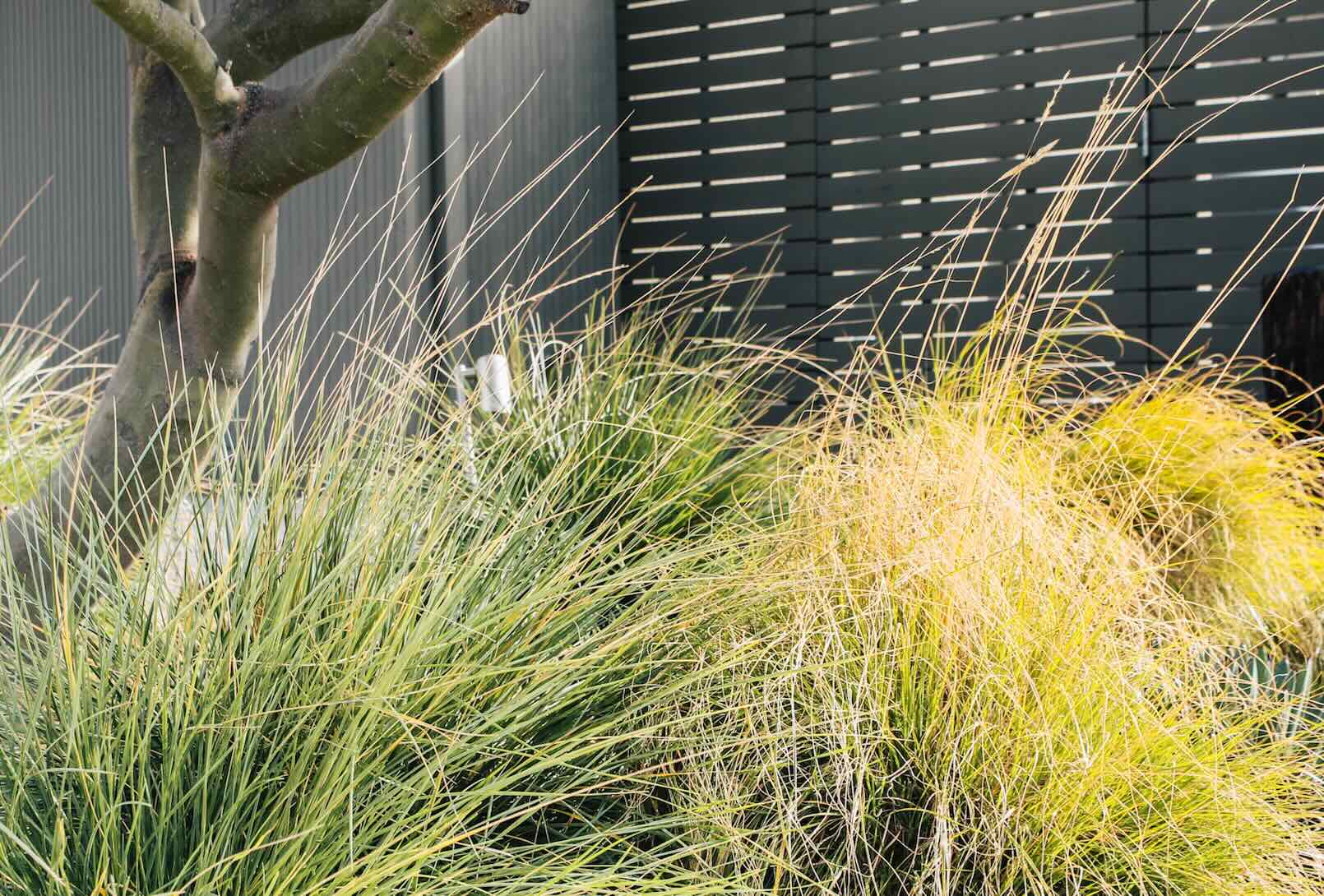
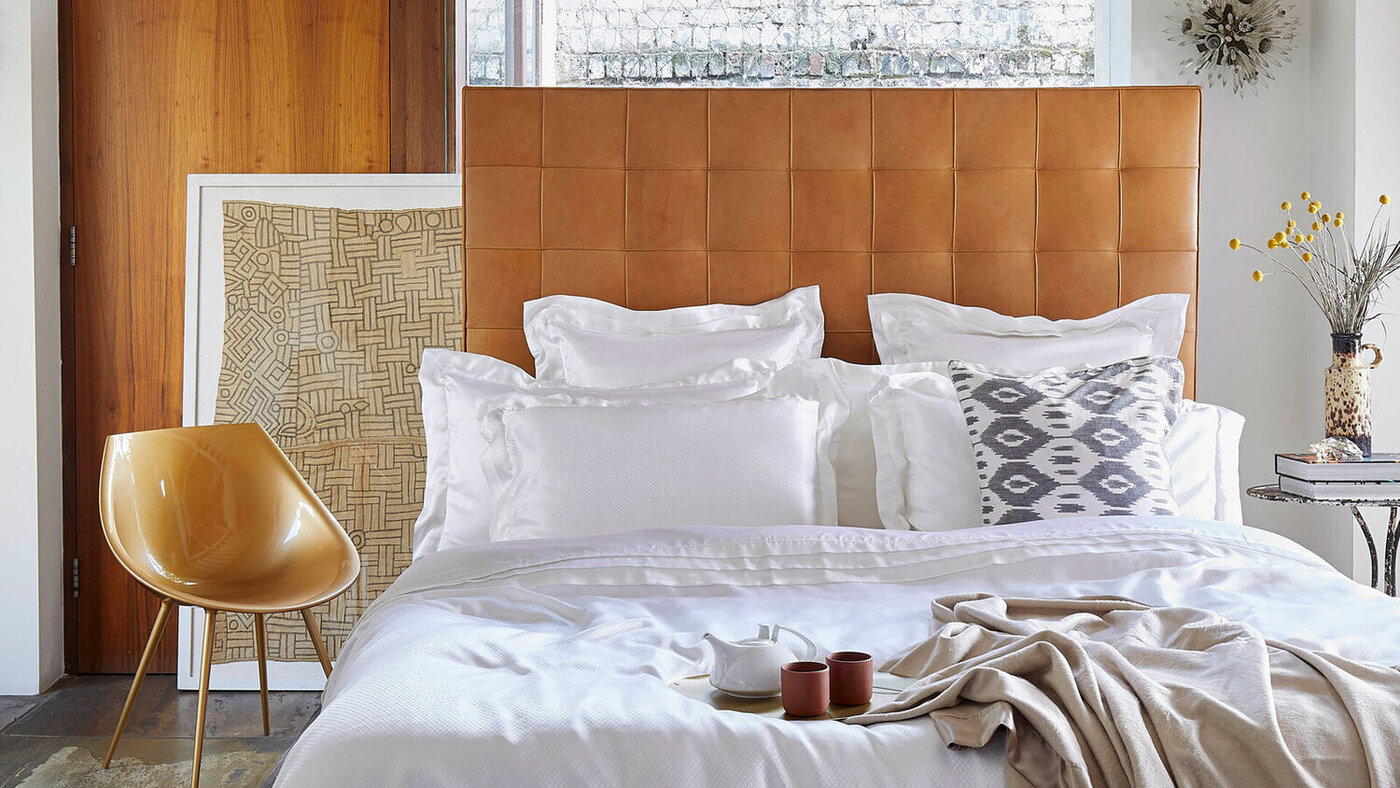

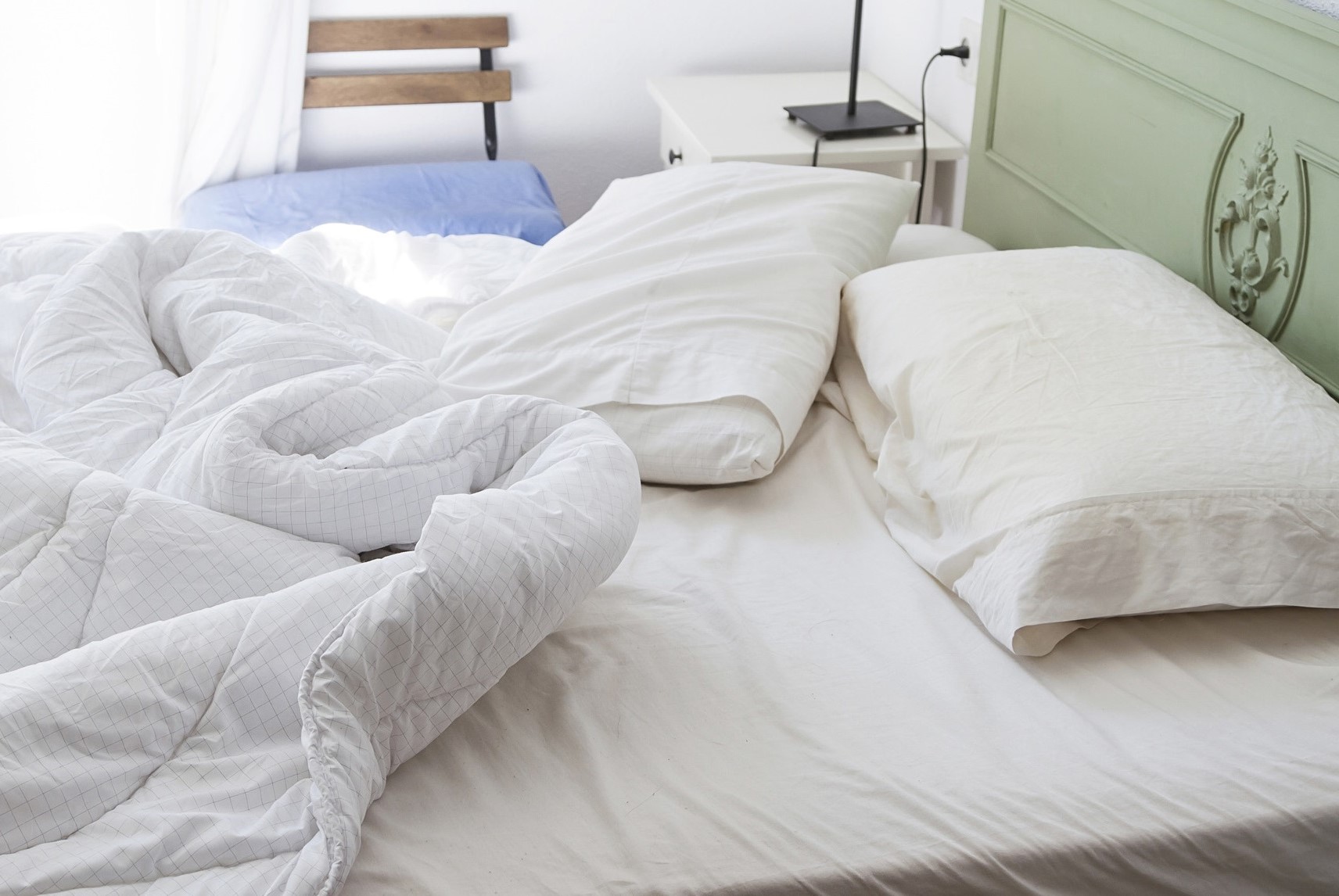
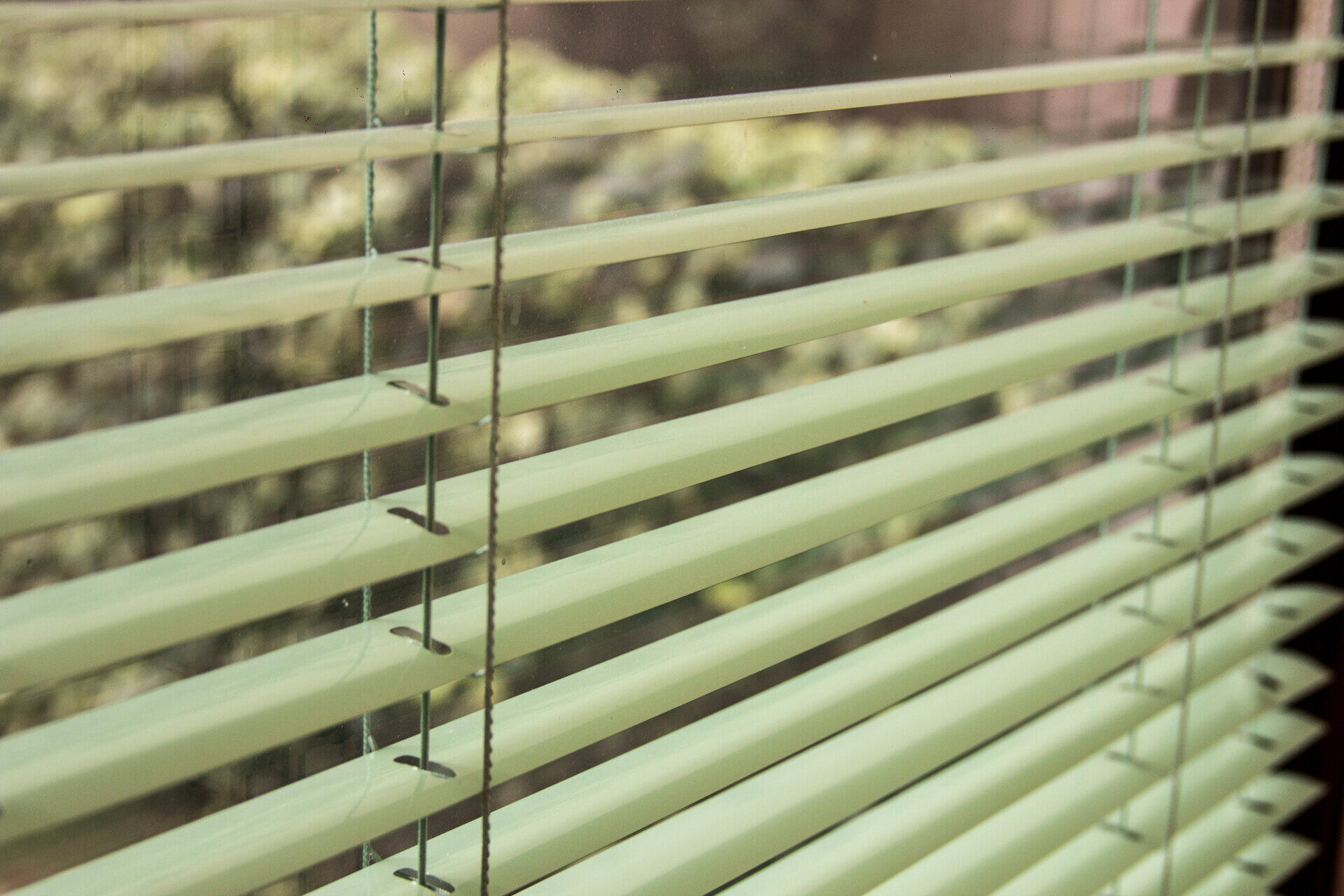

0 thoughts on “Cleaning Experts Say This Is How To Stop Pillowcases From Turning Yellow”